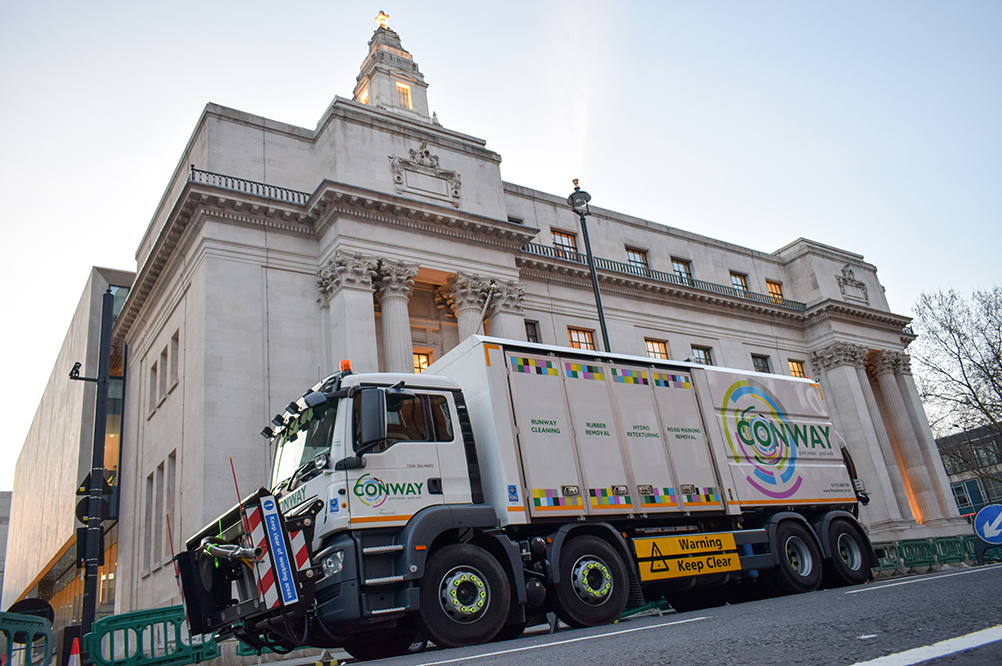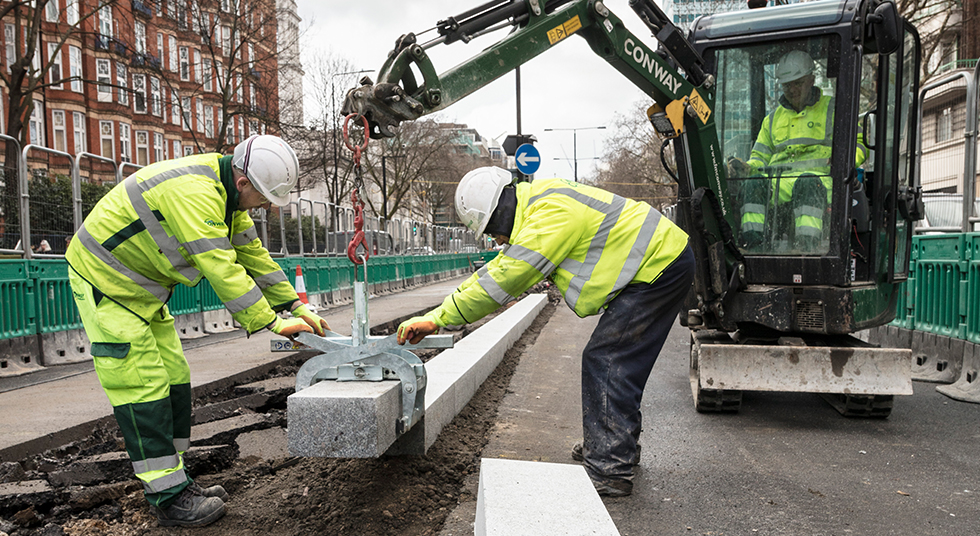Baker Street Two-Way Phase 2
Description of Works
Home to one of England’s most-loved fictional detectives and the famous waxworks of Madame Tussauds, the iconic roads of Baker Street, Gloucester Place and Marylebone Road draw in visitors from around the world. The streets had been suffering from high levels of congestion, partly as a result of their one-way traffic system.
Over the past two years, FM Conway has been working with Westminster City Council and Transport for London (TfL) to convert the roads into a two-way system to improve the flow of traffic and provide a better experience for road users and pedestrians. Following the successful completion of phase one, including major reconstruction and realignment works at a total of 44 junctions along both Baker Street and Gloucester Place, the team set out to complete phase two of the programme.


